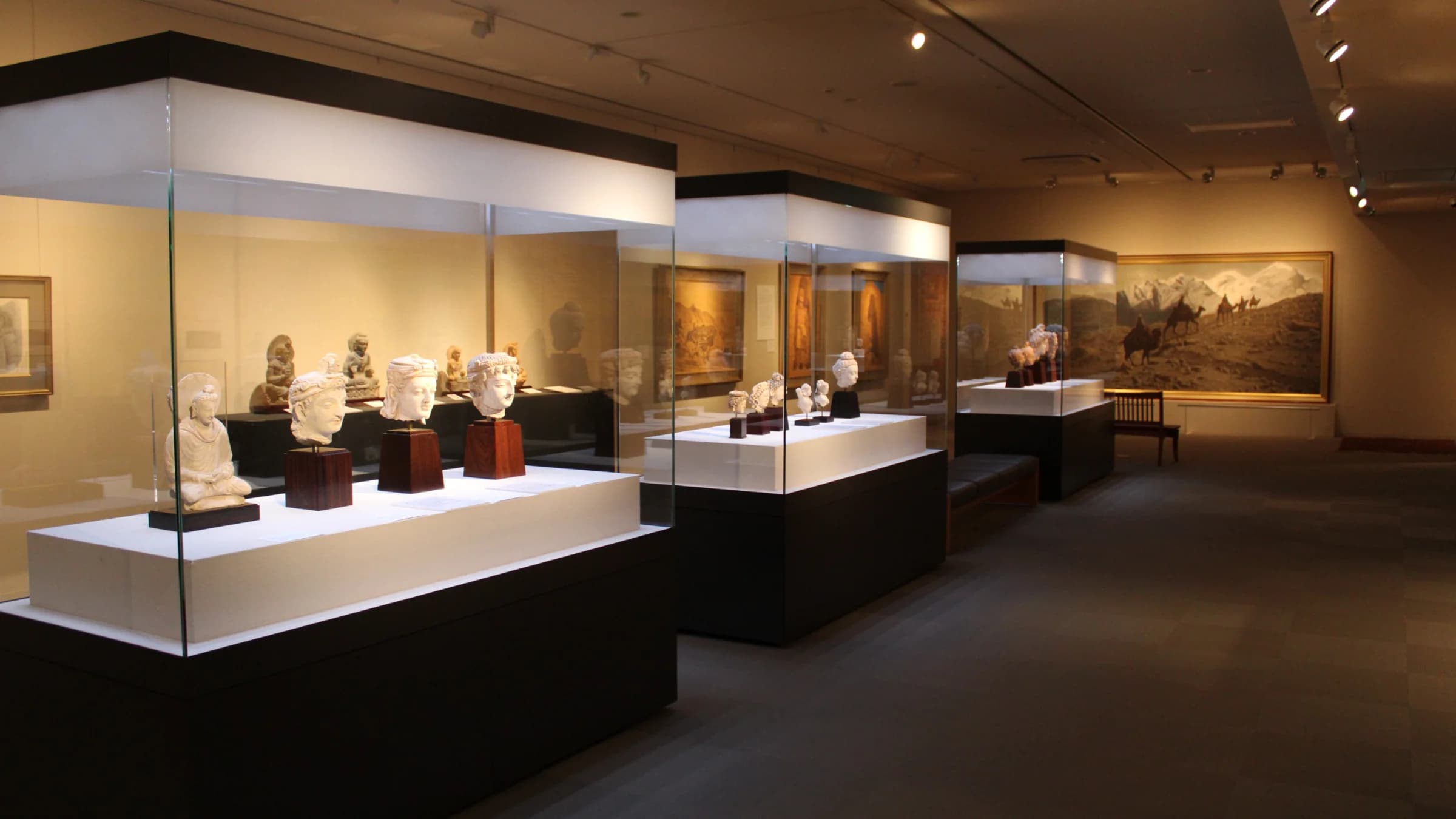
Hirayama Ikuo Silk Road Museum
平山郁夫シルクロード美術館- Kai-Koizumi StationKoumi Line
- Walk 2 minutes
The Hirayama Ikuo Silk Road Museum, located at the foot of Mount Yatsugatake in Hokuto City, Yamanashi Prefecture, celebrates the artistic and spiritual journey of Japanese painter Hirayama Ikuo (1930–2009). The museum embodies his lifelong quest to trace the origins of Japanese culture through the ancient trade routes known today as the Silk Road – a path that connected East and West not only through commerce but also through faith, art, and ideas.
Hirayama’s exploration of the Silk Road began in the late 1960s, when he traveled across Afghanistan and Central Asia in search of the roots of Buddhism’s transmission to Japan. He believed that Japan’s cultural foundation was deeply intertwined with the civilisation along this route. For Hirayama, walking the Silk Road was not simply a physical journey, but a spiritual pilgrimage to rediscover the shared heritage of humankind.
Reflecting on his travels, Hirayama once remarked that Japan’s proud cultural traditions owe much to the gifts and influences of many nations. Through his paintings, such as The Great Silk Road and The Road to Xuanzang, Hirayama depicted caravans crossing deserts by moonlight and the serene ruins of ancient temples – symbols of human connection that transcend borders, time, and ethnicity.
Hirayama’s dream took institutional form in 1988, when he founded the Silk Road Institute in Kamakura to promote research and preservation of Silk Road heritage. His wife, Hirayama Michiko, later opened the Yatsugatake Silk Road Museum in 1999 near JR Kai-Koizumi Station, at the southern base of the Yatsugatake Mountains – an area known as a cradle of Japan’s ancient Jomon culture and once a trade route for silk.
In 2003, the museum became the Hirayama Ikuo Silk Road Museum Foundation, and in 2004 it was renamed to its current title. A new main building opened the same year, followed by expansion in 2008. The museum was officially recognised as a Public Interest Incorporated Foundation (Kōeki Zaidan Hōjin) in 2010, affirming its contribution to cultural advancement and public education.
Collections and Exhibitions
The museum’s collection includes Hirayama Ikuo’s original paintings, sketches, and reproductions of ancient murals, alongside a vast array of artifacts from Silk Road civilisations – Buddhist sculptures, pottery, jewellery, and coins from regions spanning Japan to the Mediterranean. Notably, visitors can see stucco and clay Buddha heads from Central Asia, reflecting the diversity of Buddhist art that flourished along the Silk Road.
Permanent and special exhibitions are complemented by educational programs, lectures, and concerts, offering visitors an immersive experience that connects art, history, and faith. Through these initiatives, the museum continues Hirayama’s mission to promote understanding between cultures and to protect the shared heritage of humanity.
In keeping with Hirayama’s philosophy of cultural exchange and peace, the foundation supports research grants and overseas fieldwork for scholars studying Asian art and heritage preservation. It also hosts youth education programs, inviting students to engage directly with Silk Road culture and Hirayama’s artistic legacy.
At Hey Japan!, we strive to keep the places listed on our website as current as possible. However, it is important to note that location owners or management may make changes to their plans, including canceling events, altering opening times, or modifying admission requirements, without prior notice. To ensure that you have the most accurate information, we recommend checking official websites before visiting any location.
Last Updated:











